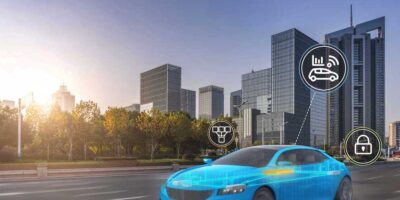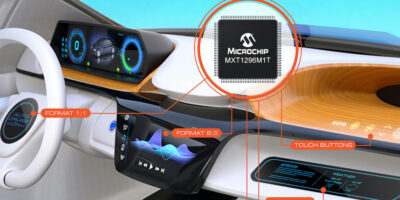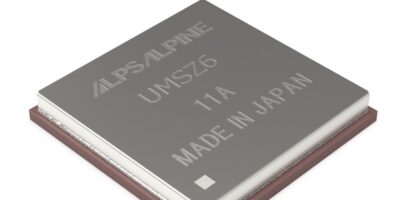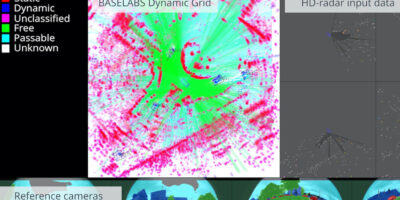NXP Semiconductors has extended it S32G family of network processors with the S32G3 series. According to the company it now offers broad scalability from vehicle microcontrollers to higher-performance vehicle compute applications with software and pin compatibility.
There are four initial devices in the family, all software and pin-compatible with the S32G2 series which has been in full production since Q2 2021. They offer up to 2.5x more applications processing performance, on-chip system memory and networking than the current highest-performance S32G2 Series device. These capabilities allow them to enable more ECU consolidation and support intelligent software-defined vehicles, says NXP.
The S32G3 processors have more Ethernet bandwidth on two ports and on-chip system memory than the current S32G2 Series’ highest-performance device (S32G274A). They also double the number of isolation domains, which are critical for future ECU consolidation. The package pinout remains the same.
An EVB3 evaluation board, RDB3 reference design and GoldBox 3 rugged enclosure version, combined with a broad range of enablement software and the Vehicle Integration Platform (GoldVIP) for rapid connected gateway development are available to support evaluation, development, proof-of-concept and to accelerate time-to-market.
The addition of the new processors means that the S32G family now addresses a broader range of vehicle applications from safe microcontrollers to higher-performance domain controllers, safety processors and zonal vehicle compute applications.
The emerging domain and zonal architectures require the integration of more processing, memory, networking bandwidth and resource isolation to support software-defined vehicles, advises NXP. Intelligent connected vehicles demand more complex advanced driver assistance systems (ADAS) safety and secure real-time and applications processing to offer vehicle and data-driven cloud services for smart cities and mobility.
The S32G family of devices is supported by a broad partner ecosystem offering operating systems, virtualisation, execution environments, applications software, boards, software tools, engineering services, deep-dive training and cloud services.
NXP helps customers design S32G system solutions with companion products. The SJA1110 multi-gigabit safe and secure automotive Ethernet switch is aligned to the latest TSN standards and offers integrated 100BASE-T1 PHYs, hardware-assisted security and safety capabilities and multi-gigabit interfaces. To ensure power management architecture and the safety concept scalability from S32G2 to S32G3, NXP developed the PF53 as a companion chip of the VR5510. The PF53 is a high-performance 12A core supply regulator with adaptive voltage positioning (AVP).
NXP also offers a range of in-vehicle network transceivers with CAN high-speed signal integrity and security innovations.
The initial S32G399A device has been sampled to lead customers with a production launch targeted for Q1 2023.







